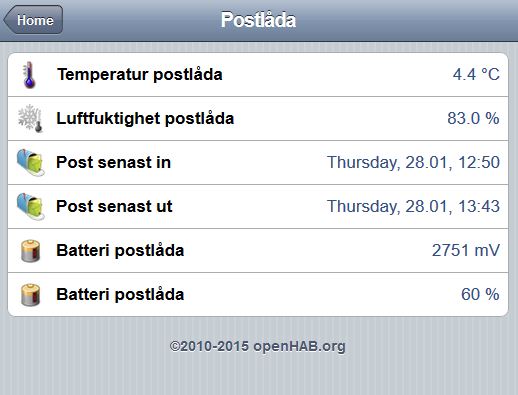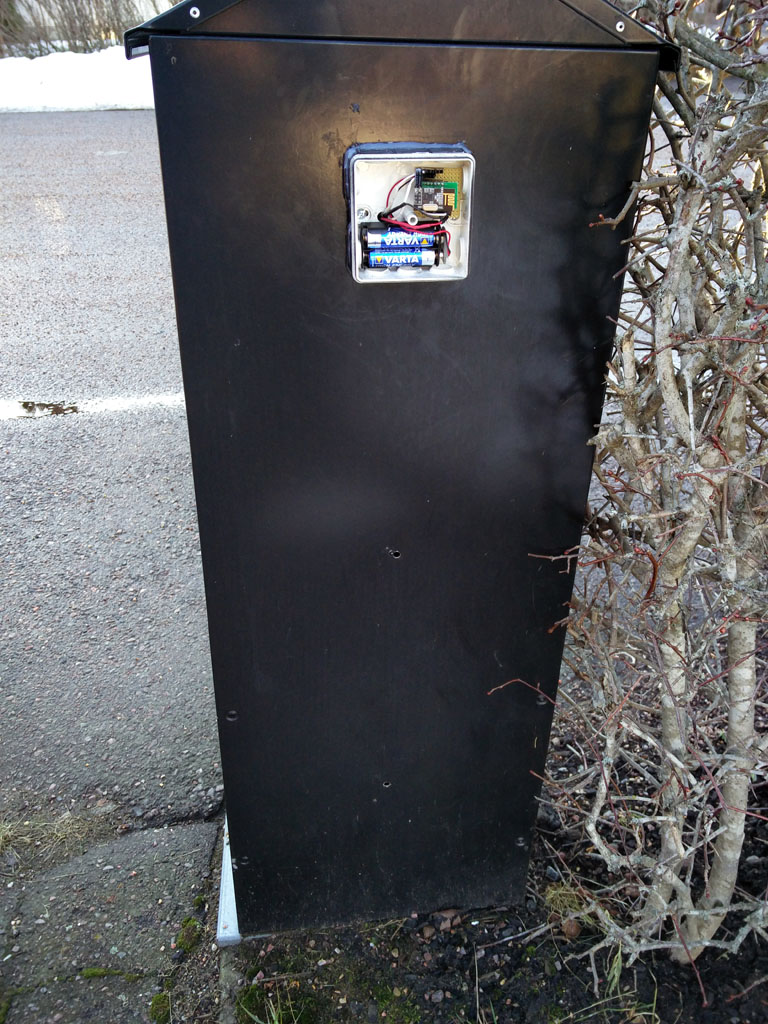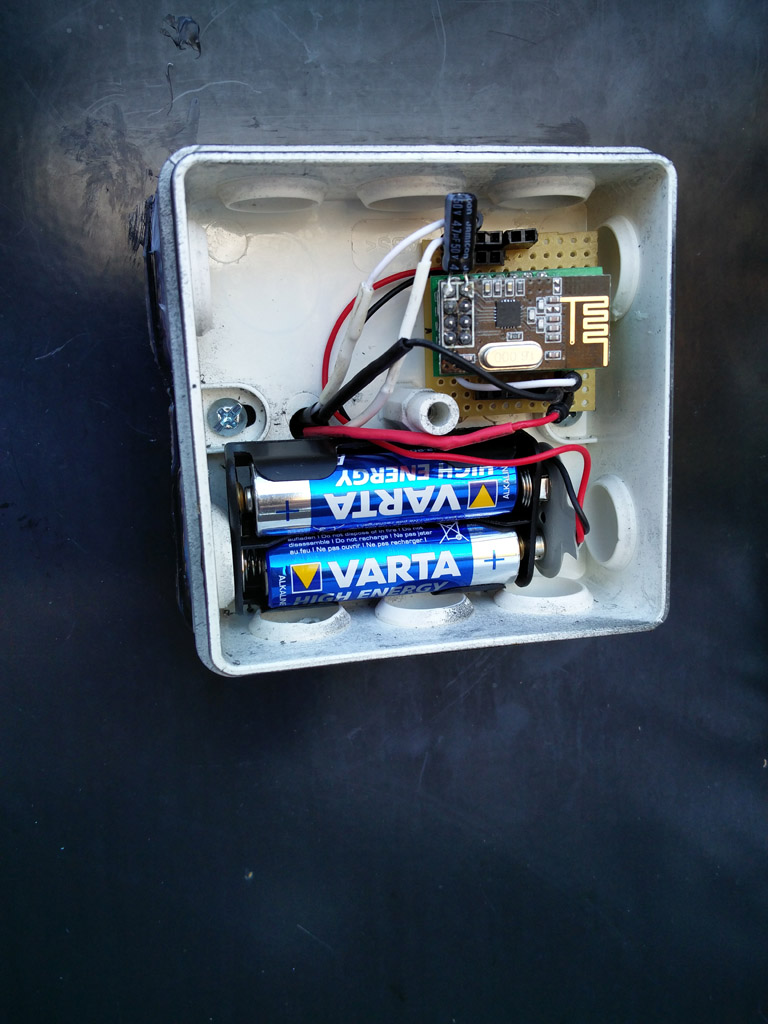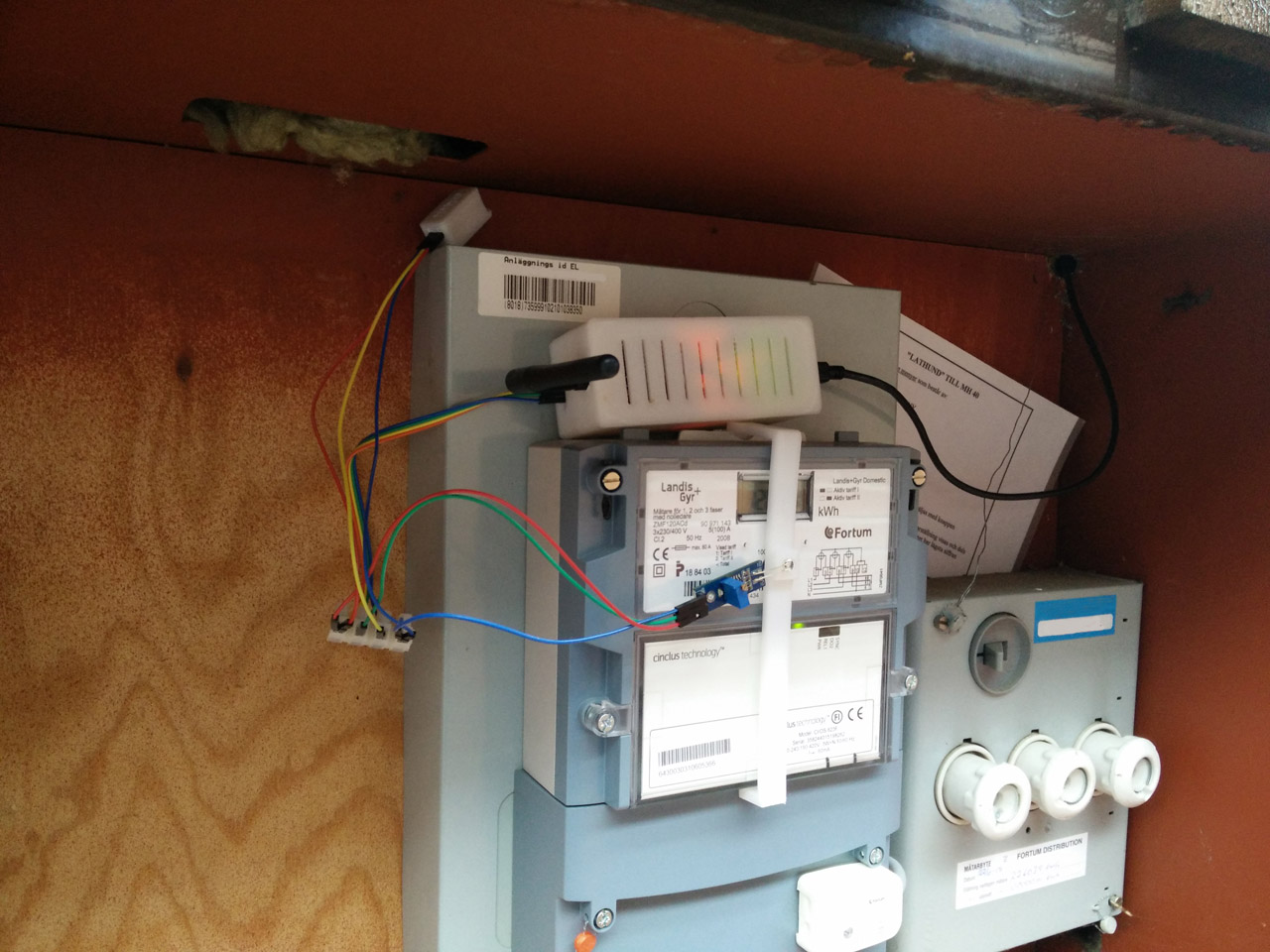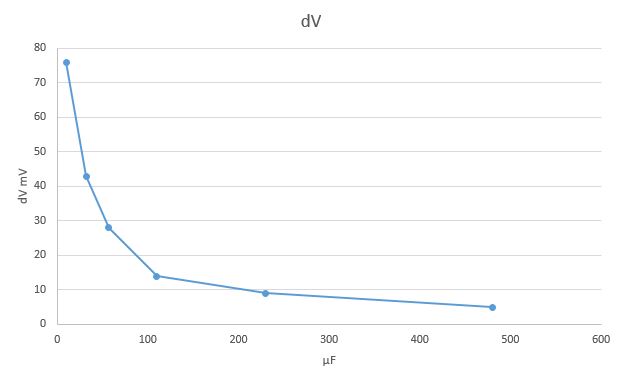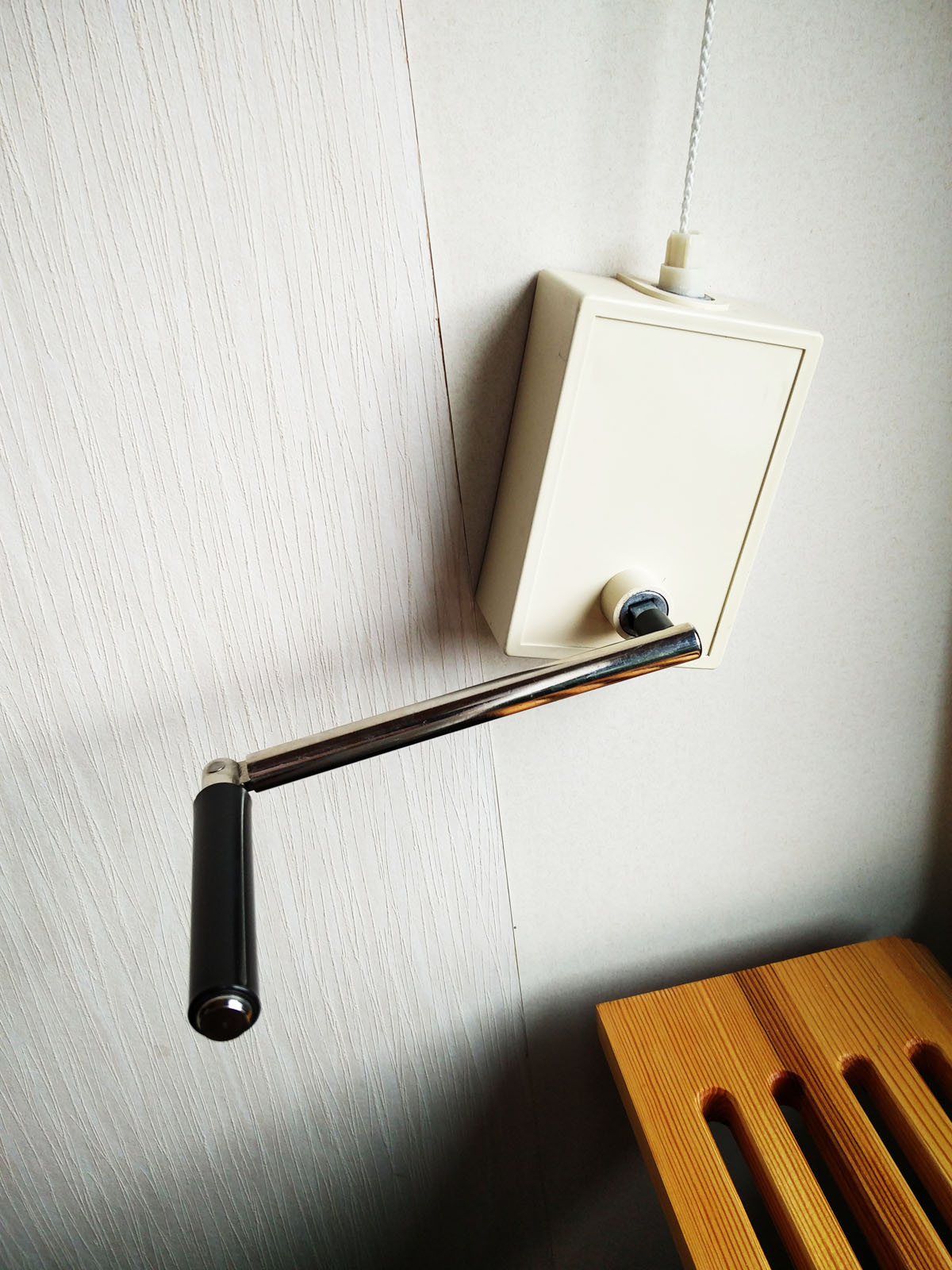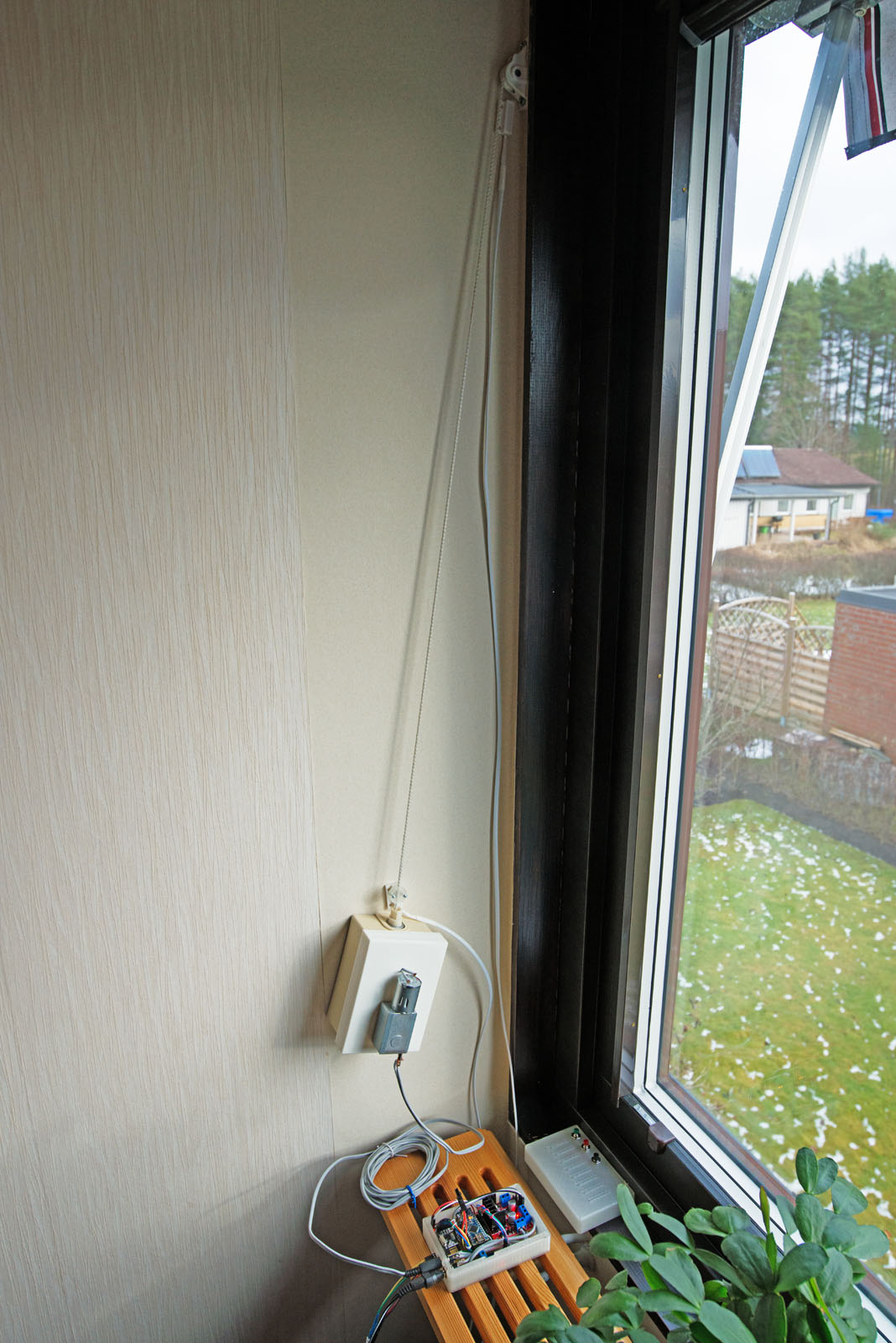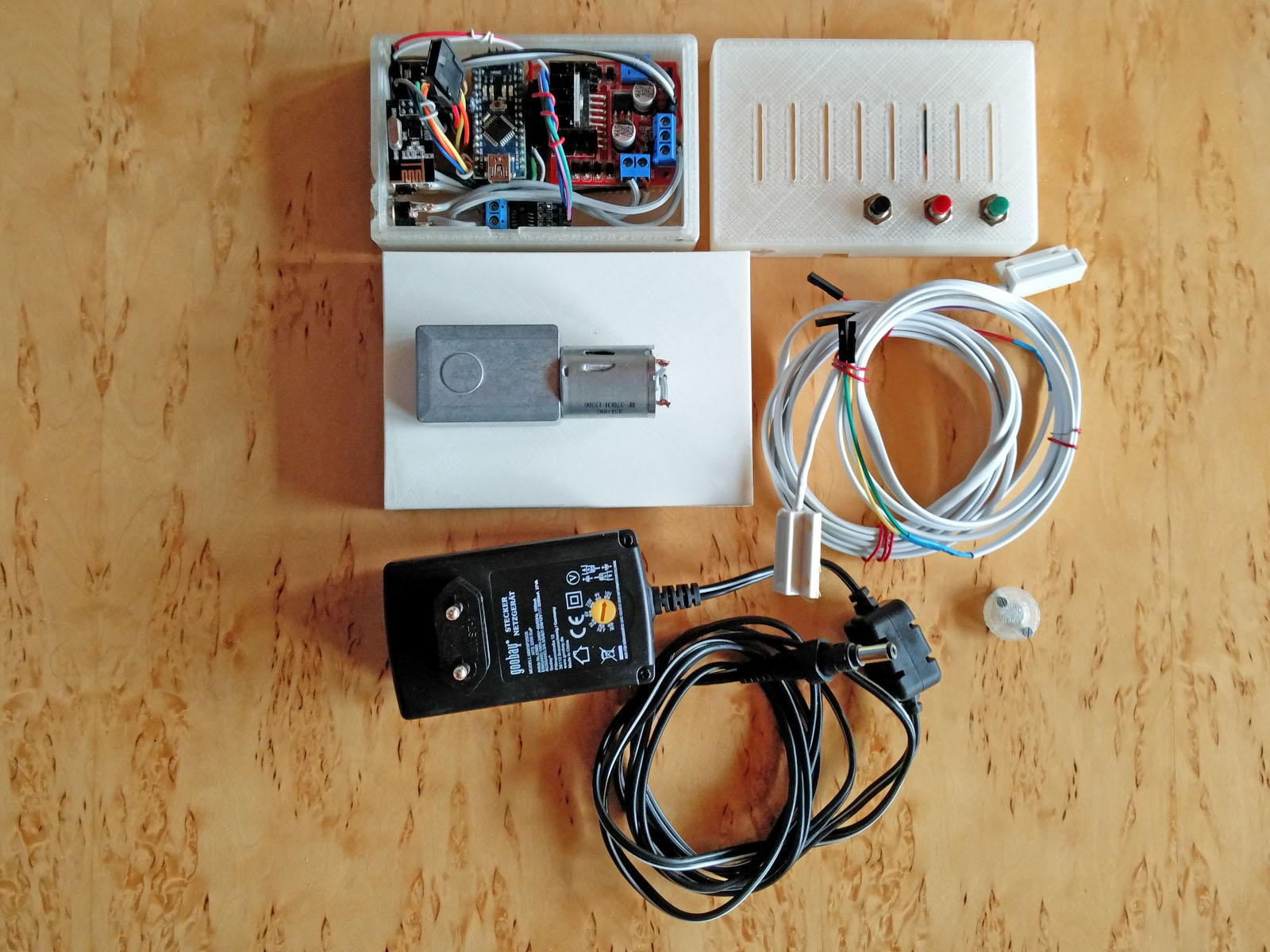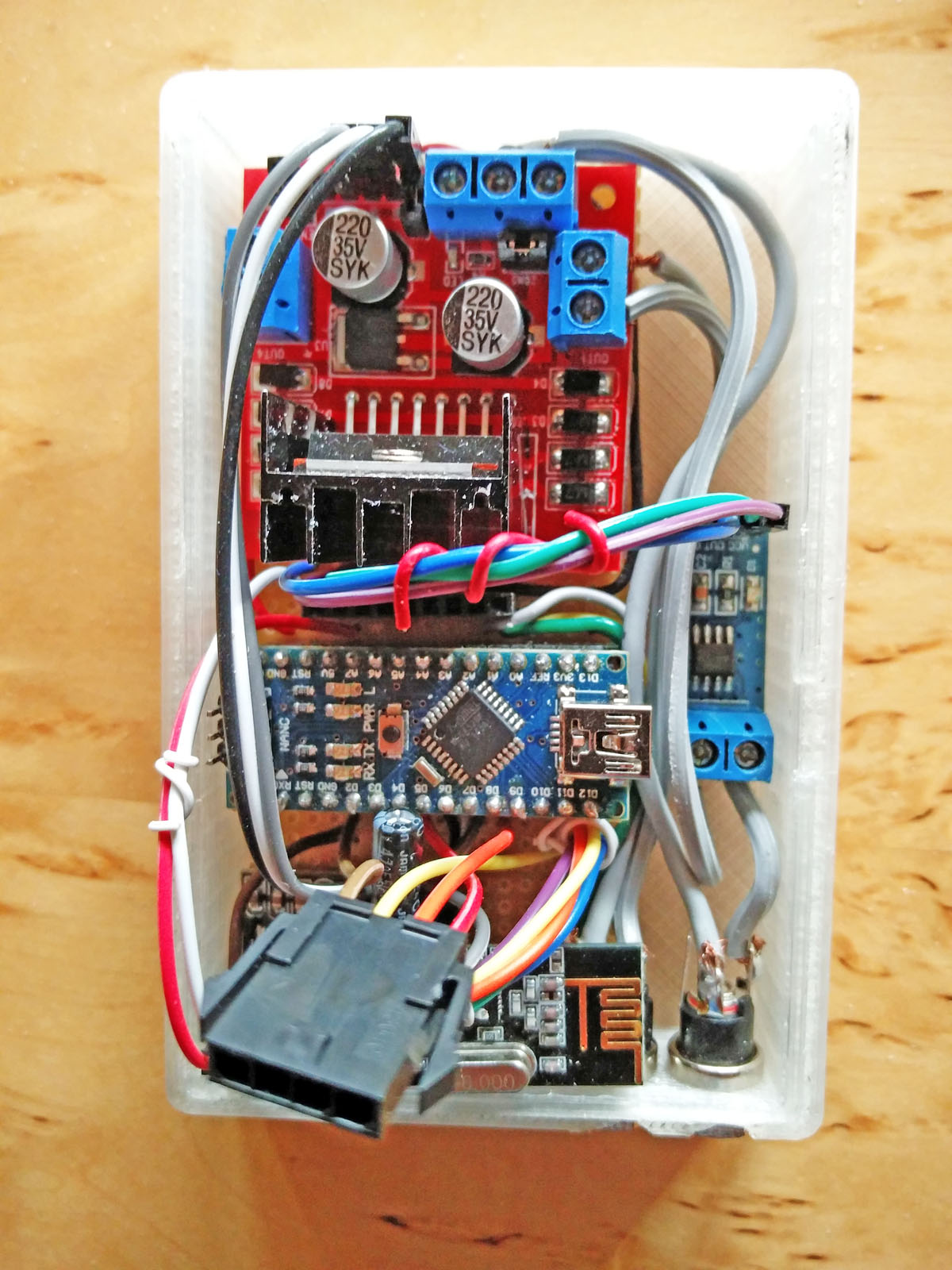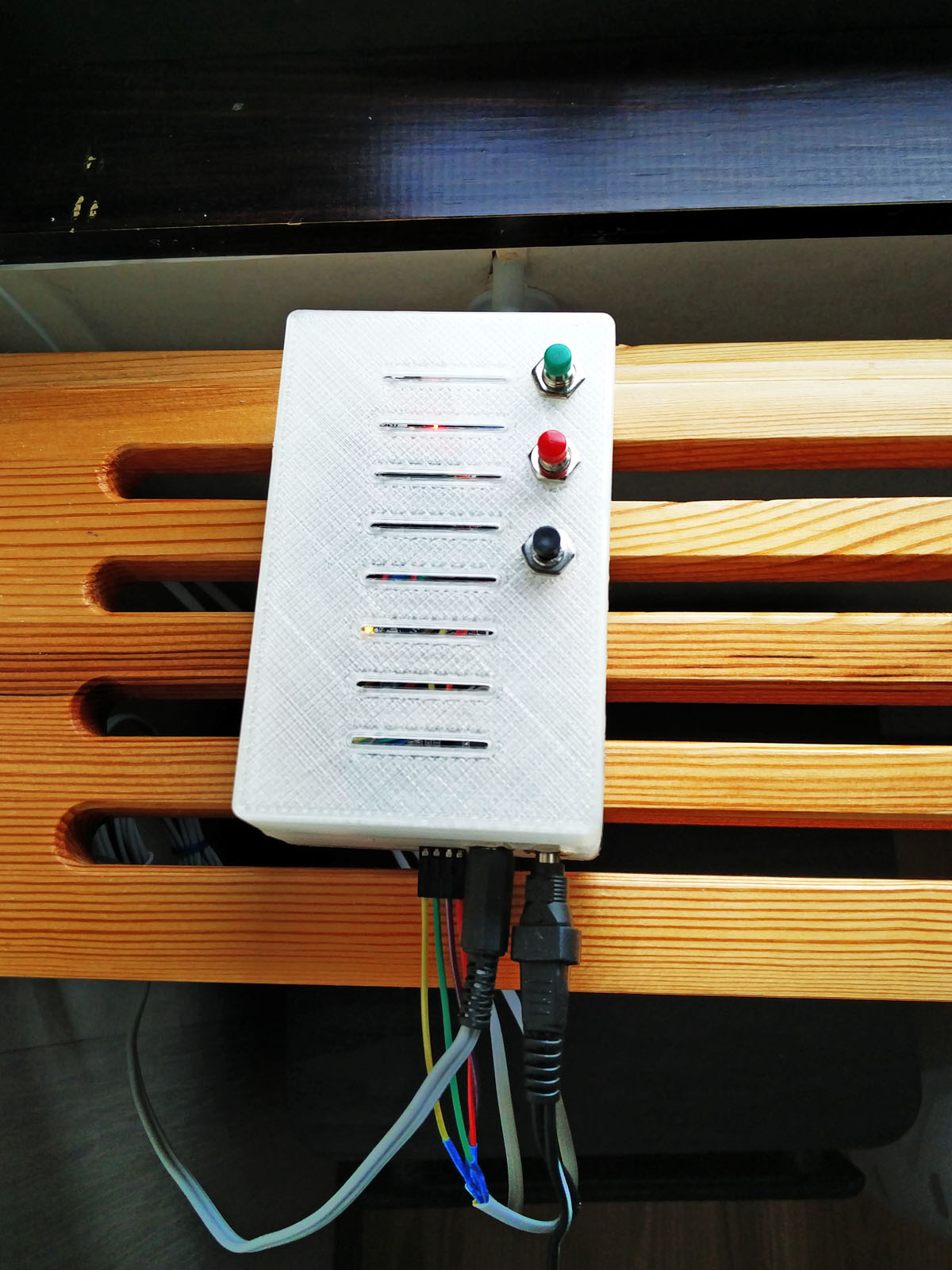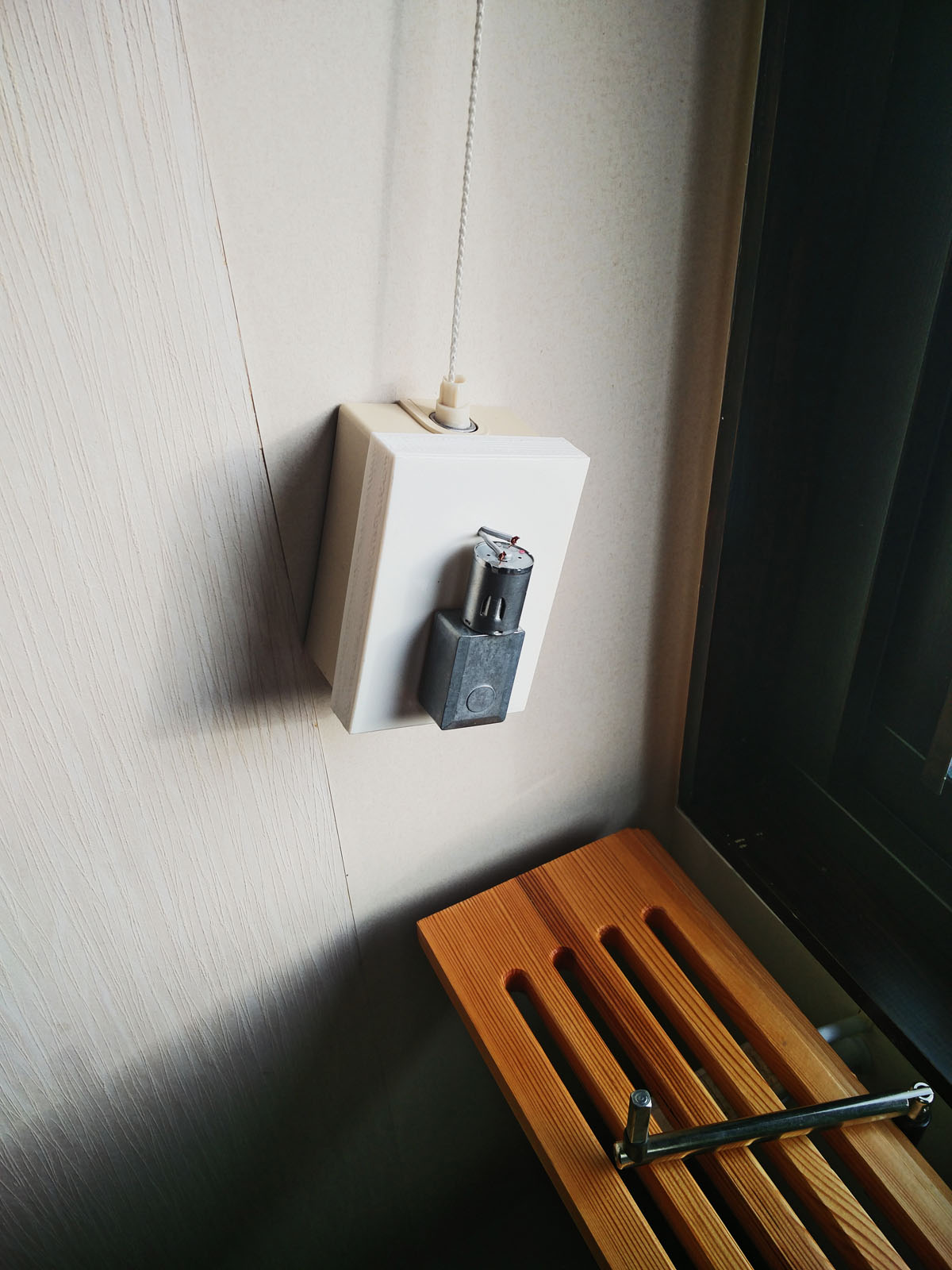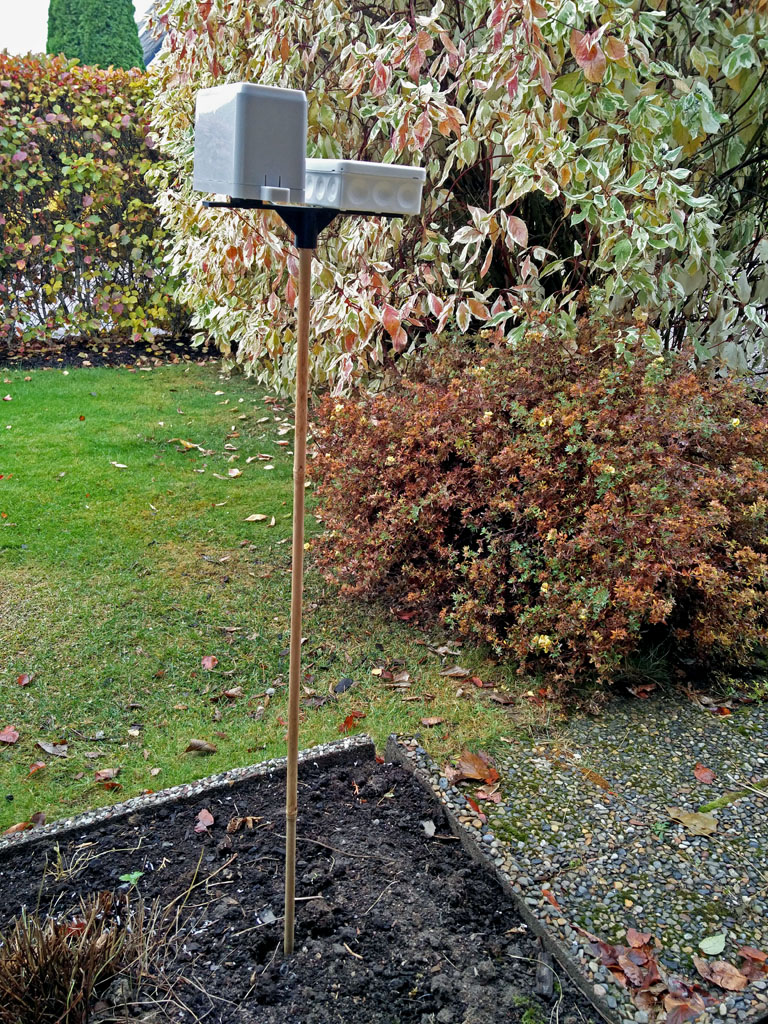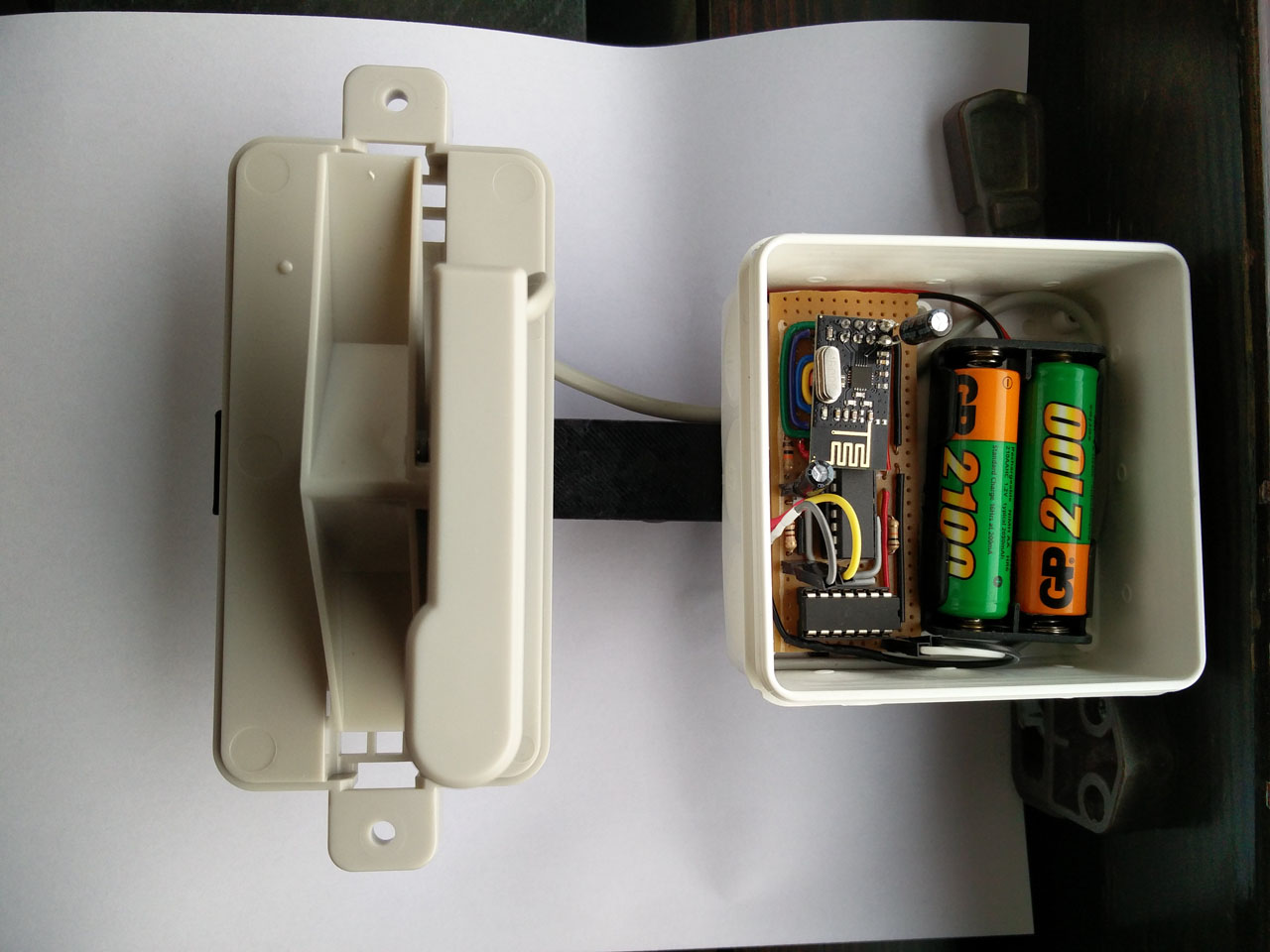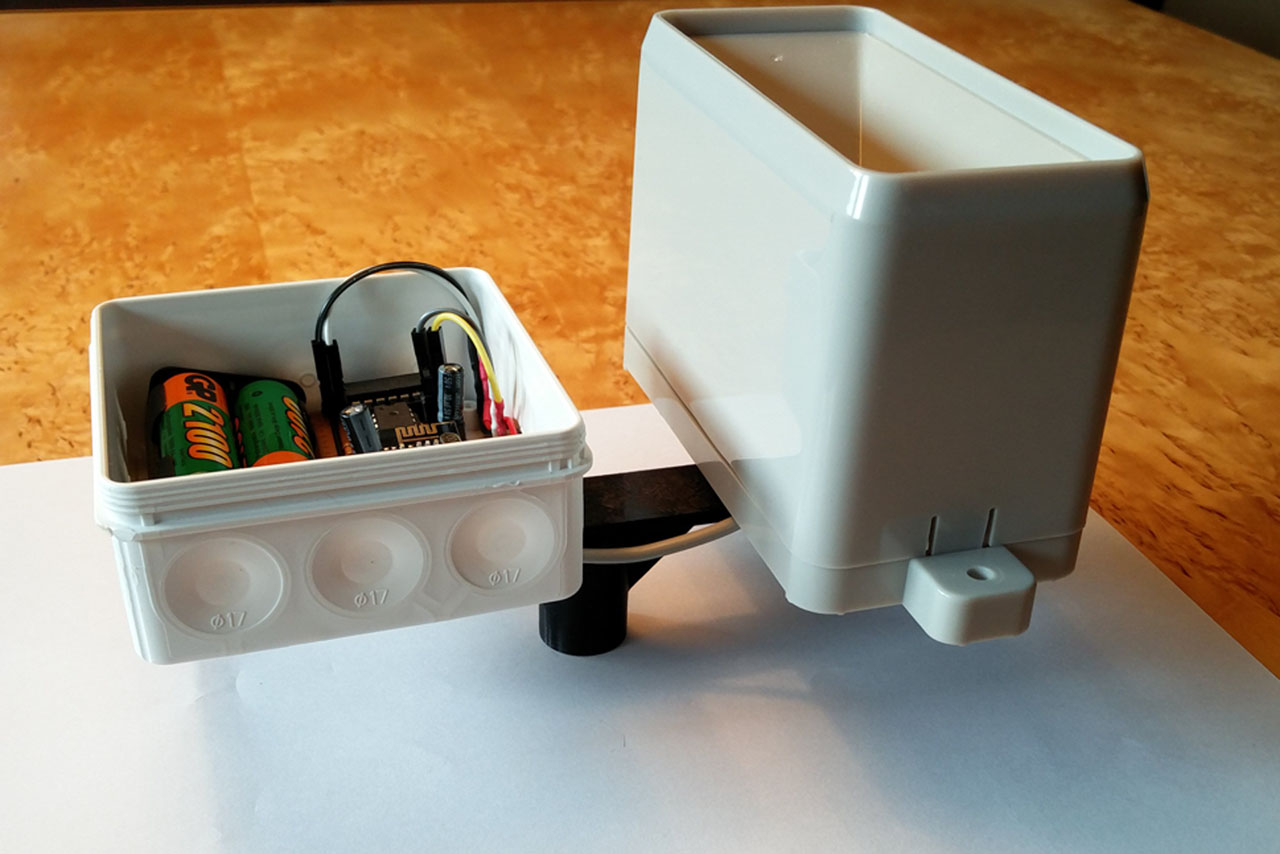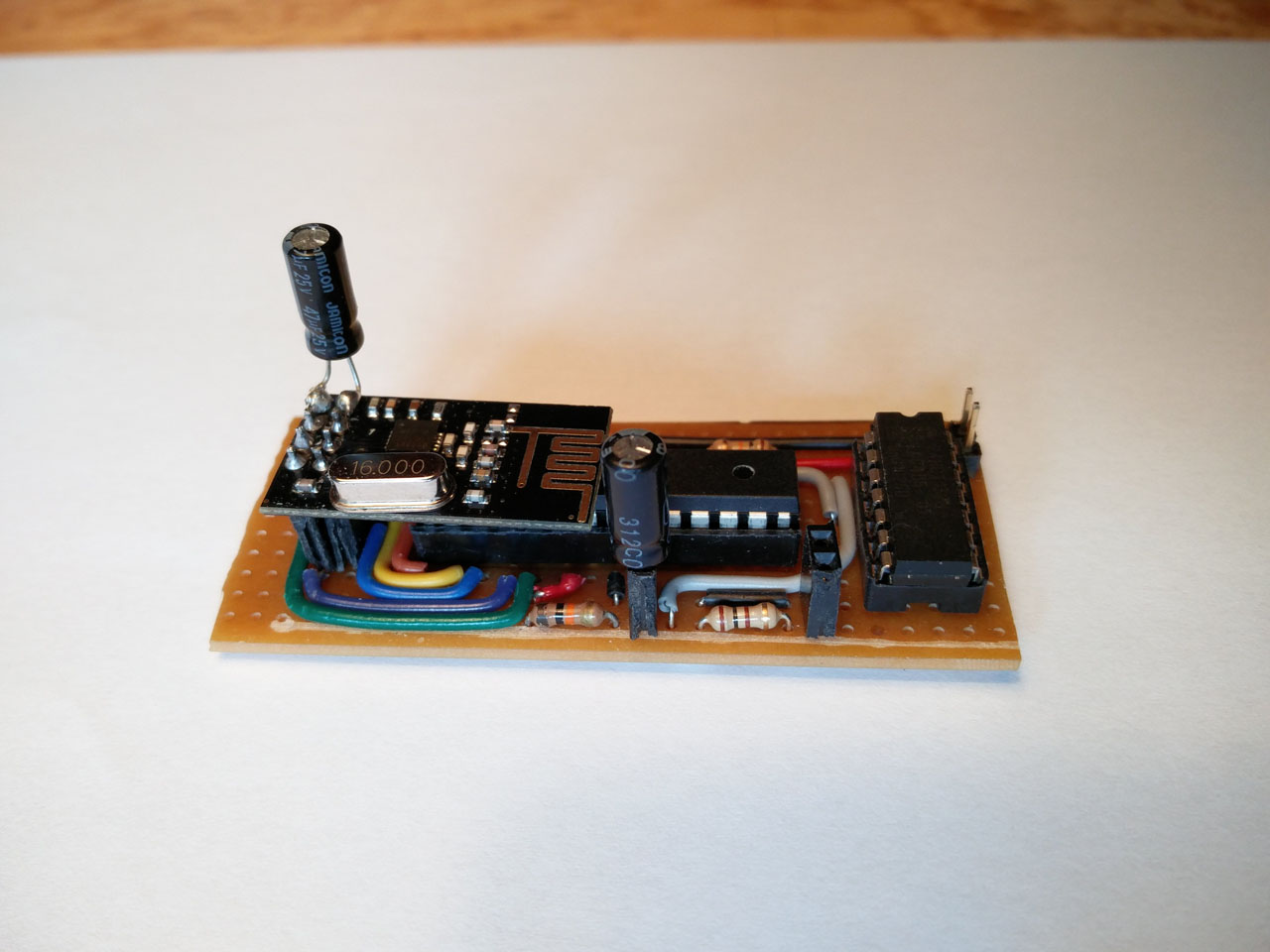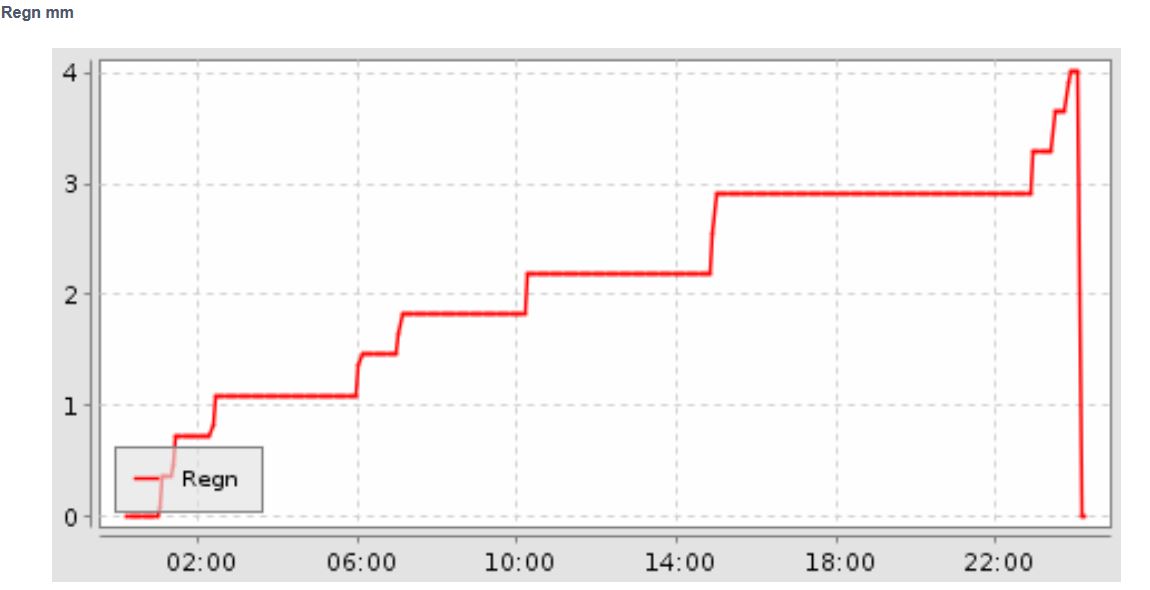I decided to test the change from the old (v 1.4 and 1.5) MQTT Gateway (broker) to the new gateway which is a MQTT client. I use Openhab (on a RPi) as controller and must say that the old MQTT gateway has been working fine all the time so the change was triggered mostly because the current gateway is stated to be obsolete for the next MySensors release.
This is just a brief summary the experience so far:
As I had a couple of Nodemcu ESP8266 and no W5100 laying around, the natural choice was to test the ESP8266MQTTClientGateway from the development branch. This is a client why also a broker must be installed, in my case Mosquitto on the Openhab RPi system.
The ESP8266 installation was painless. It worked more or less "out of the box" after a couple of small compilation errors due to choosing DHCP. These were easily eliminated and I also switched to using a fixed IP anyhow.
Mosquitto became a hassle. Everything seemed to be working, I could subscribe/publish messages which were visible over the network but Mosquitto refused to accept connections from the ESP8266 but worked fine for other connections. I tried to change MQTT version as well as other things but without luck. For the install I used the Mosquitto Wheezy repository to get the latest version but something was clearly wrong.
Did bite the tongue and made a completely fresh Raspbian installation based on the Jessie version (was on the list anyhow), a fresh Openhab installation and a Mosquitto from the Raspbian Jessie repository. Believe it or not, Mosquitto started to work as it should.
Then Openhab became the nightmare (I am not exaggerating). First I made a mistake with not observing that the MySensors version of the MQTT topic had changed quite a bit from v1.5. My own fault.
Anyhow, this means that Openhab item definitions have to be adjusted to the new topic structure (not a big job, "find and replace" in a good editor does it swiftly).
Once the items were OK I hoped for success but that was in vain. The MQTT messages from/to the gateway via Mosquitto were completely ignored by Openhab even though the connection to Mosquitto was accepted and established with no error loggings at all.
Of course I tried the old binding to the version 1.5 gateway again and this worked like a charm. I made some test items in Openhab and tested bindings to Mosquitto on the RPi and Mosquitto on Windows and found that Openhab showed outbound commands for these test items on the bus and also sent them to the broker but refused to read anything coming in.
The bindings used were of the transport configuration type which had worked well for the v1.5 gateway. After many hours of work and as a last resort I decided to test adding an event bus binding configuration to the Mosquitto broker definitions in Openhab. And even if I had made an error in the topic definitions the MQTT messages STARTED ROLLING IN!!!!!
So just by adding a stateSubscribeTopic and a commandSubscribeTopic in an event bus configuration Openhab seemed to have loaded up what was missing. This was never needed for the binding to the v1.5 MQTT gateway and there is no logic in why it made a difference for the Mosquitto binding. Especially so because the topic definitions I made for the new binding were wrong.
Now the ESP8266 test installation has worked without glitches for a day and the messages keep rolling in to Openhab. State changes as well as commands sent back to the sensor boxes via the ESP8266 gateway works fine as well.
And I am keeping my fingers crossed.
I assume I am not the only one using Openhab and the v1.4 - v1.5 MQTT Gateway and hope this might give some info to the "topic" of changing the gateway.
